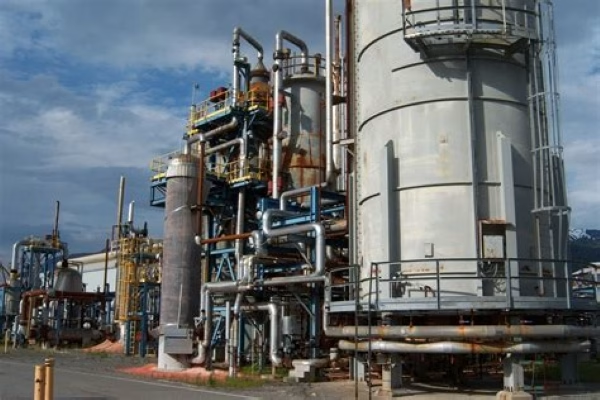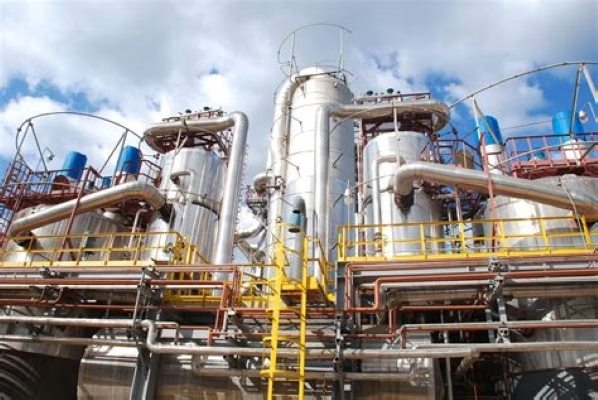Samsung E&A‘s US branch has secured a USD 475 million engineering, procurement, fabrication (EPF) contract to build a low-carbon ammonia production plant facility in West Terre Haute, Indiana. The contract, as announced by the Korean construction company, marks a major move by Samsung E&A into the U.S. energy market. Another similar development is also underway southwest of Indiana. Louisiana is developing one of the world’s largest low-carbon ammonia production facility in Ascension Parish capable of producing approximately 1.4 million metric tons annually.
The planned plant will produce 500,000 tons of ammonia annually and capture approximately 1.67 million tons of CO2 within the same period. For the low-carbon ammonia project in the state of Indiana, Samsung E&A will use its engineering and digital-twin capabilities, and partner with technology providers for carbon-capture integration. Samsung E&A will also benefit from the support of Wabash Valley Resources (WVR) as it [Wabash] continues to develop the broader facility.
Factsheet for the Samsung E&A Low-Carbon Ammonia Plant Project in Indiana
Developer/EPC Contractor: Samsung E&A America
Project: West Terre Haute Low-Carbon Ammonia Plant
Contract Type: Engineering, procurement and fabrication (EPF)
Contract Value: USD 475 million
Location: West Terre Haute, Indiana
Annual Ammonia Production: 500,000 tons
CO2 Capture: 1.67 million tons per year
Project Status: Contract award
Key Support: Wabash Valley Resources

Project Timeline
September 2024: U.S. Department of Energy (DOE) makes conditional loan guarantee of up to USD 1.56 billion to Wabash Valley Resources for its ammonia and carbon capture and storage (CCS) project.
July 2023: EPA grant permits for CO2 injection wells for Wabash Valley’s facility.
October 2025: Samsung E&A America signs USD 475 million EPF contract for the low-carbon ammonia plant in Indiana.
Outlook on the Samsung E&A Low-Carbon Ammonia Plant in Indiana
Once complete, Samsung E&A’s plant build-out in Indiana will become a major source of domestic low-carbon ammonia, with strong demand from U.S. agriculture, particularly in the Corn Belt.
The 1.67 Mt of CO2 sequestered annually could also possibly position the facility as a leading industrial carbon-capture project. Samsung’s role could also deepen in the WVR project, and others, once this one is complete.
A Look at the U.S. Low-Carbon Chemical Sector
The low-carbon ammonia facility project in Indiana sits at the intersection of industrial decarbonization and fertilizer production. It also reflects the broader expansion of the low-carbon chemical sector in the U.S. Complementing this, Duke Energy Indiana’s launch of the US$3.3 billion Cayuga Station conversion project signals a massive wave of infrastructure demand tied to clean energy transitions, reinforcing how U.S. utilities are investing heavily to modernize power generation and industrial systems for a lower-carbon future.
The ammonia facility will convert an existing gas plant into a low-carbon, carbon-capture-enabled production plant for Wabash Valley Resources (WVR). WVR has also already secured a conditional DOE loan guarantee. This is expected to foster confidence in the project’s financial and environmental viability.

